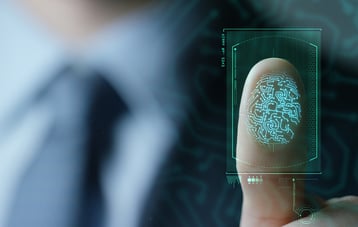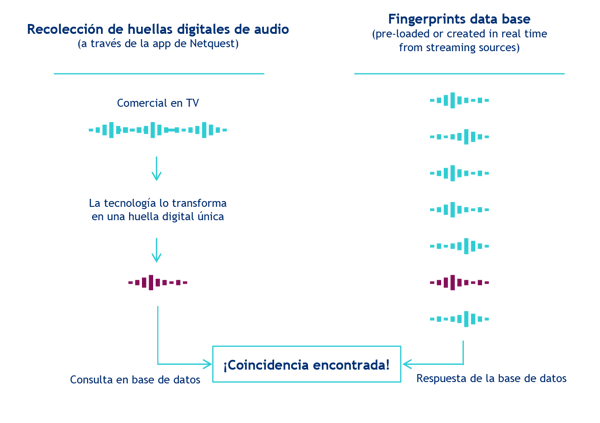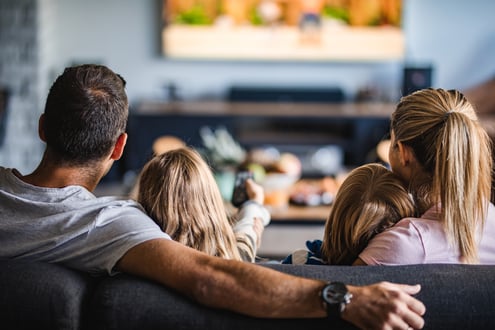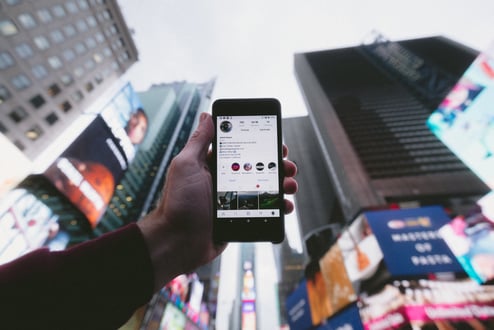Must-know keys
I’ve always liked crime drama TV shows. In them, a full team of professionals (criminologists, police officers, psychologists and even “mentalists”) combine their creativity and skills for the service of a greater purpose: bring the truth to light, in other words, catch the bad guys and put them behind bars, where they are supposed to be. But without any question, what I like the most about these shows is the large arsenal of innovative and unbelievable tools they have at their reach: infrared lasers, facial recognition and lie detection software… technological miracles that are the real storie’s protagonists.

Now, if we take a closer look, market research has a lot of things in common with criminological investigation: Both try to understand “what happened” or “what is happening”; the two of them need teams of professionals from different fields, putting all their professional experience to the service of the investigation; and of course, in both cases, technologies play a key role.
Regarding media and content research, nowadays we are welcoming a technology that seems to be taken out of a cops and thugs blockbuster: audio-matching. So, to celebrate its arrival, I’ll take the interrogator role to bring you 5 questions (and their answers) with everything you need to know about this new researcher’s tool.
What is audio-matching?
Audio-matching is the new tool available in the media and content exposure research industry. It allows us to find out what do consumers listen to in this social media era - capturing the environmental sound through their mobile phones.
How does it work?

Just as the policemen from series and movies identify suspects matching a fingerprint recovered at the crime scene with a database, audio-matching’s technology uses audio tracks instead of fingerprints, and songs and audiovisual content instead of criminals and villains. Still don't quite get it? Keep reading then!
The first step is to create a database with the “common suspects”, which in this case, includes songs, audio commercials or the TV shows we want to track. If we need to track longer content (for example, a TV show or the whole content from a radio or TV station), the audio will be divided into smaller audio tracks.
The next step is to capture the environmental sound using our target’s mobile phones; and here is where the magic begins: the automatic content recognition technology is able to compare, as it happens, the sound registered by the devices with the audio tracks previously stored in the database, until it finds a match. Et violá: Suspect identified! 🕵️

How does the audio-matching contribute to market research?
The audio-matching opens the door to a whole new possibilities to measure targets’ exposure to audiovisual contents. By combining the new technologies with the know how acquired from years of experience doing online research, it is possible to know the radio and TV contents’ reach, measure the efficiency of TV, radio or internet ads campaigns, even to audit the content, taking into consideration media consumption and overlapped consumption.
What type of data can we obtain?
Now that we’ve reached this point, the “bad cop” that lives inside me starts to wonder the possibilities, but the character has too many questions without answers. Questions like What type of data is generated with audio-matching?, How to combine this data with the rest of data obtained through other sources?
But audio-matching steps-up to the challenge, showing it has answers to everything. Because the data collected with this technology is, in fact, very similar to other observed data. This way, you can combine them easily with other sources. And also, just like behavioral data, they can be presented at different levels.

1. Primary Data
2. Tabulated Data
3. Visual Data
Does it respect the GDPR and protect PII?
We couldn’t finish our questioning session without getting closer to the purely legal issues. (We know all cops’ shows end up in court, so we better make sure all tools are in compliance with the law).
Even though it is true that there are lots of recent stories circulating in the media about complaints of apps that log in into the users microphones without their consent, it is also true that it doesn’t have to be this way. The key to carry out a project using audio-matching data and be complying with the european regulations on privacy and use of personal information (GDPR), is in the way we have access to the information and how the data is used. It is necessary to be compliant with a series of requirements:
- Have explicit permission from the panelists to access their audio.
- Count on safe data management process and removal of PII (Personally Identifiable Information).
- Offer the panelists the possibility to delete, at any time, all their information.

Confirmed: Once more, technology arrives to make a difference in everything we can obtain as researchers (of crimes or markets). The days when Monsieur Poirot solved cases inducing the truth from his investigations are far behind, just like the days when we needed to invest time and other resources to go out to the streets to ask people. Today, the online world comes with innovations and improvements for media and content research. There’s no doubt the audio-matching is here to bring us a new era in the measurement of media exposure.
Want to know more about audio-matching?
Find out how we used it to understand the new audiences of the TV show Operación Triunfo!





